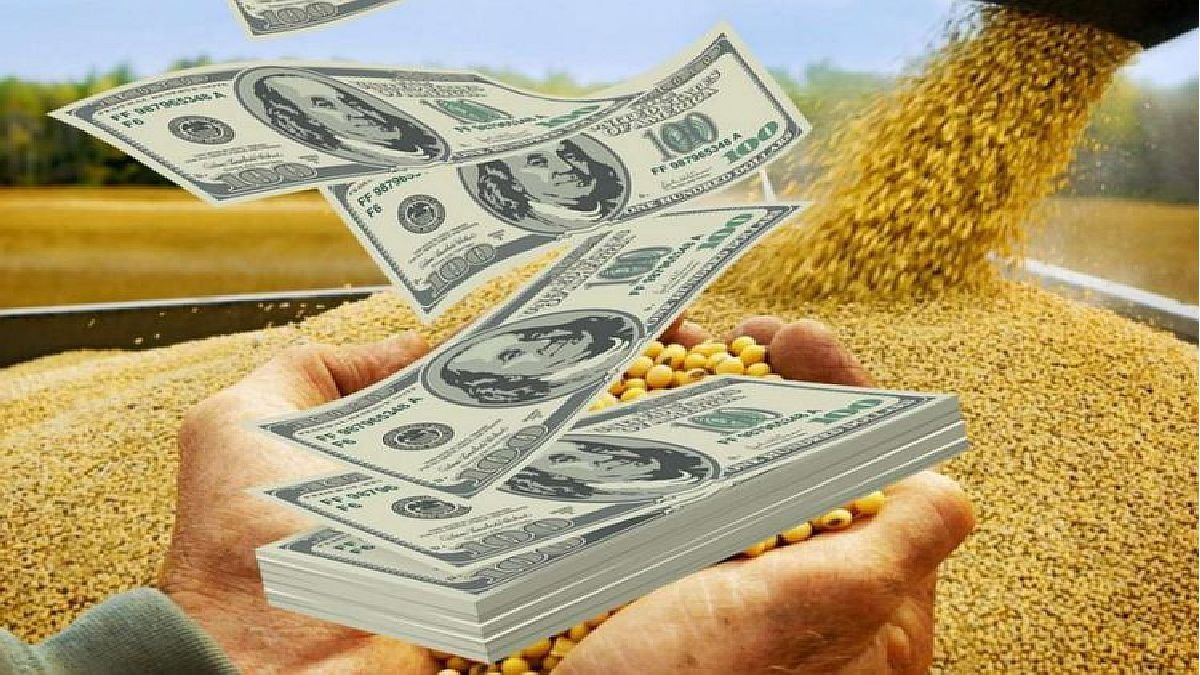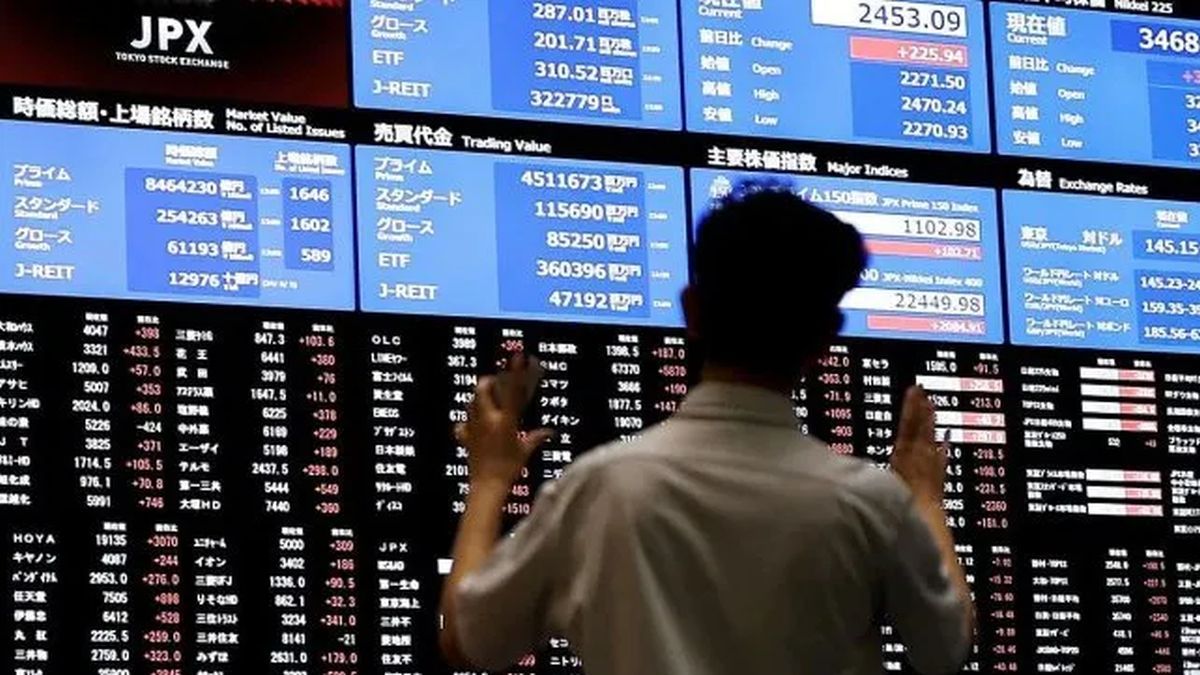After raising the rate for the first time in March, the US central bank recently determined a new increase of half a percentage point, something that had not happened since 2000.
In parallel, the dollar index, which compares the “greenback” with other representative currencies in the world, has been scoring repeated 20-year highs, due to the flow of investors towards assets considered safe, a behavior known as “fly to quality” .
However, in recent months, commodities have also shot up to multi-year records, an unusual situation for periods of dollar strength.
“Part of this disparate dynamic is associated with the recent escalation of the war between Russia and Ukraine, weather problems in South America and the search for cover against accelerating international inflation. All this mounted on a trend prior to the war, given by the economic recovery accompanied by supply problems and higher input costs,” Ecolatina’s economist, Santiago Manoukian, explained to Ámbito.
However, the trend for the coming months could change according to specialists. Leandro Ziccarellifinance specialist and member of the Center for Argentine Political Economy (CEPA), warned that the “theme now is that the Fed put second and in three months it will put third (it will start selling treasury bonds in June and double the rate in September)”. “That is going to be a driver for the drop in commodity prices to accelerate”forecast.
With a similar look, Manoukian argued that a tougher Fed “will contribute to a further strengthening of the dollar, at the same time that it can cause a deterioration in global expectations that raise risk aversion and end up impacting on commodity prices.”.
In the last week, the international price of oil gained 6% in the US. Despite fears about the slowdown in economic growth, for the time being the consequences of the war in Eastern Europe seem to continue to have more influence.
The European Union days ago considered an embargo on Russian oil as part of its toughest sanctions package against the government of Vladimir Putin, which could continue to affect the supply of crude.
On the contrary, soybeans and wheat fell in recent days to a one-month low, amid more favorable expectations for sowing in the US.
The future of grains and energy is uncertain, but if the losses finally occur, this would have an impact on different economic variables in Argentina.
“It would hit us badly because of the trade balance (which today does not have such a large cushion), but it would be good to put a lower floor on imported inflation”Ziccarelli detailed.
For his part, Manoukian said that “in a context in which the BCRA will have to capture foreign exchange coming mainly from agriculture in a context of scarce net reserves, the outlook raises questions on the horizon.”
Dante Ruggieri, Producer of Investing in the Stock Market (IEB), reminded this medium that many countries that export raw materials had an appreciation of their currency as a result of the rise in commodities, as happened in Brazil. Thus, if commodities rebound downward, devaluation pressures would appear for the region’s currencies.
This adds to other factors that put pressure on the value of the dollar in Argentina, added Ruggieri, such as the fiscal deficit, the monetary issue and the high inflation that generates delay in the exchange rate.
“As long as the Government does not have a plan where structural measures are taken with the aim of improving the terms of trade and policies that favor the accumulation of reserves are established, the public will continue to take refuge in a free dollar that in real terms is at high levels. . It is vitally important for the BCRA to be proactive in creating conditions that allow it to accumulate reserves so that the financial dollar slows down short-term upward pressures“, he sentenced.
Source: Ambito
David William is a talented author who has made a name for himself in the world of writing. He is a professional author who writes on a wide range of topics, from general interest to opinion news. David is currently working as a writer at 24 hours worlds where he brings his unique perspective and in-depth research to his articles, making them both informative and engaging.




